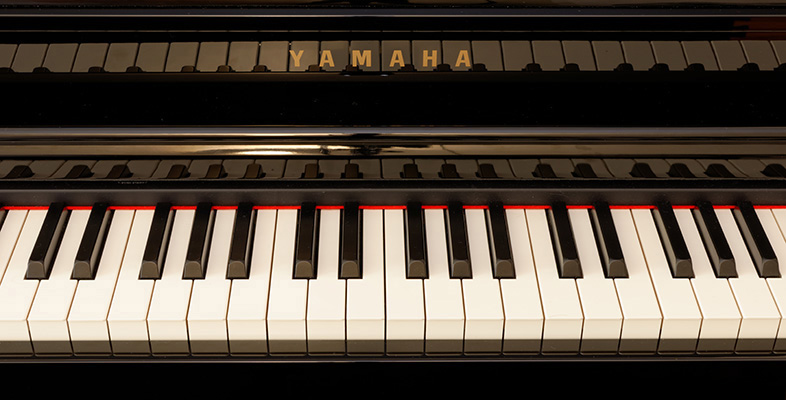1.3 Composition and knowledge
The teaching of composition in the eighteenth century, at least in Germany, was a matter of praeceptum, exemplum, et imitatio (learning the rules, studying examples and imitating the masters). In other words, it was considered largely a craft that could be taught rather than an intuitive skill shaped solely by an aesthetic vision. To some extent, of course, it still is; many contemporary composers study at universities and may become adept at a variety of compositional techniques, including functional harmony, species counterpoint or serialism. Yet, composers do not stop learning once their formal training is over. They may continue to study music in a variety of ways throughout their career.
Fred Karlin and Rayburn Wright, for instance, offer the following advice for contemporary film music composers: ‘You must know what the authentic sound is for each ethnic or historical project, but you can’t necessarily count on that sound to be perceived as authentic by the audience’ (2004, p. 86). Equally, they acknowledge that a strong period flavour is not always necessary when scoring film and television, especially if it is to communicate with a contemporary audience. Nonetheless, the film composer is expected to be stylistically flexible enough to produce ‘period flavour’ if asked.
Many television and other media productions now use production music, or library music. This is music held in large libraries to which composers may submit their compositions. Production companies then pay the library to license the use of the music. To some degree, this is nothing new (indeed, a number of film companies in the 1930s used stock music to cut back on their music production costs). The internet, however, allows anyone to search the contents of a library and to sample for free.
Activity 4
In this activity, you will look at a production library to see the variety of music that is available to production companies looking for stock music to accompany a period film or television programme. Some of this music is by recognised historical composers; much of it, however, is historical pastiche written by more recent composers.
Using SONOfind [Tip: hold Ctrl and click a link to open it in a new tab. (Hide tip)] find something written by a living composer that is appropriate to accompany the opening titles of an Tudor- or Elizabethan-era historical drama series – perhaps a piece of music lasting 90 seconds or so. It needn’t necessarily be something that is historically accurate, of course – though you may choose something that uses period instruments. Searching by category and choosing existing keywords is a good way to start.
For some inspiration, you might search a website like YouTube for opening titles sequences to series such as Elizabeth R (BBC, 1971) or The Tudors (BBC, 2007). How easy is to find something appropriate? In what ways are pieces of music categorised, and do you find that categorisation useful? What is it in each piece of music that lends it its antiquated air, and how do some compositions negotiate between creating a sense of the past and the present (perhaps to appeal to a younger audience?)
